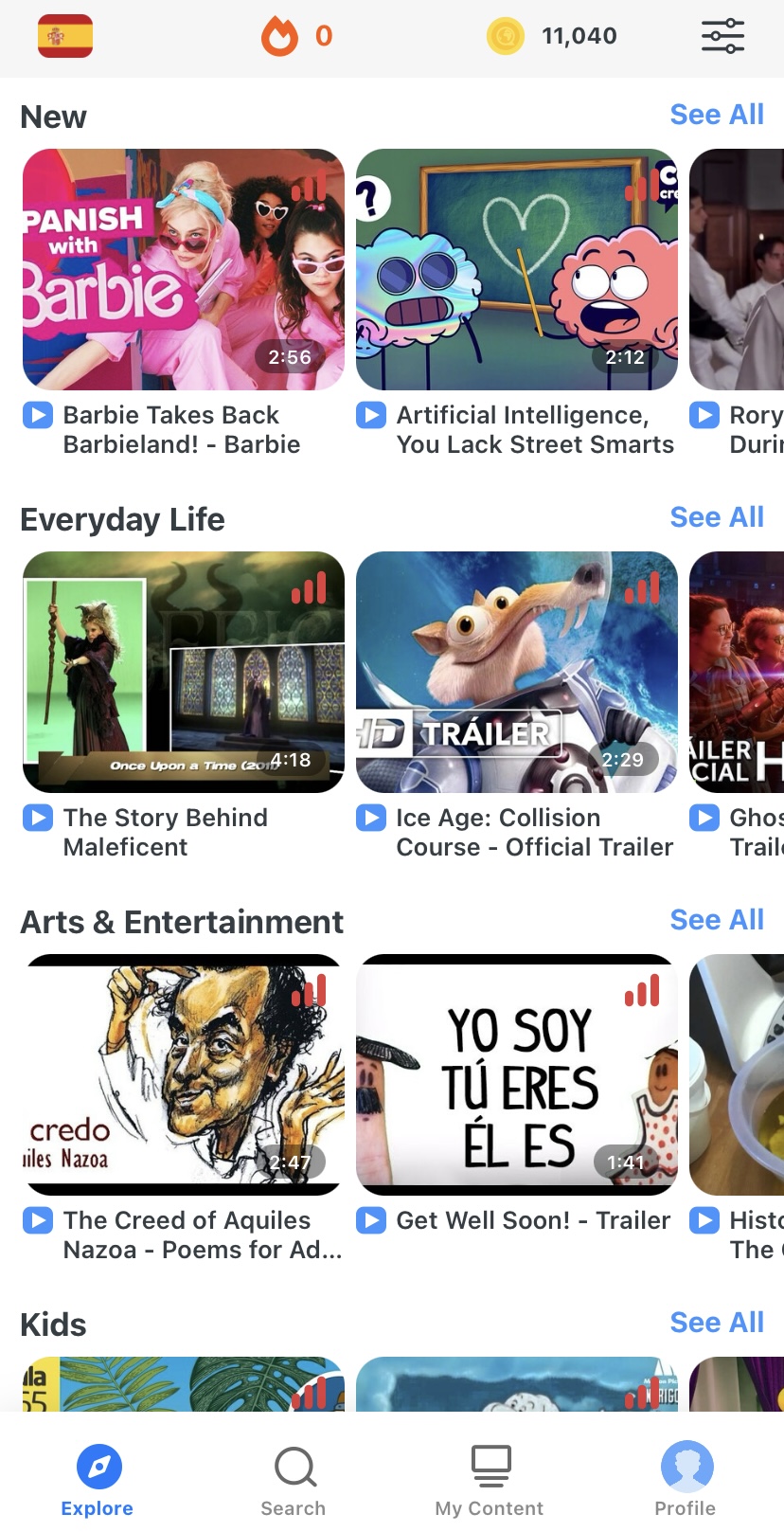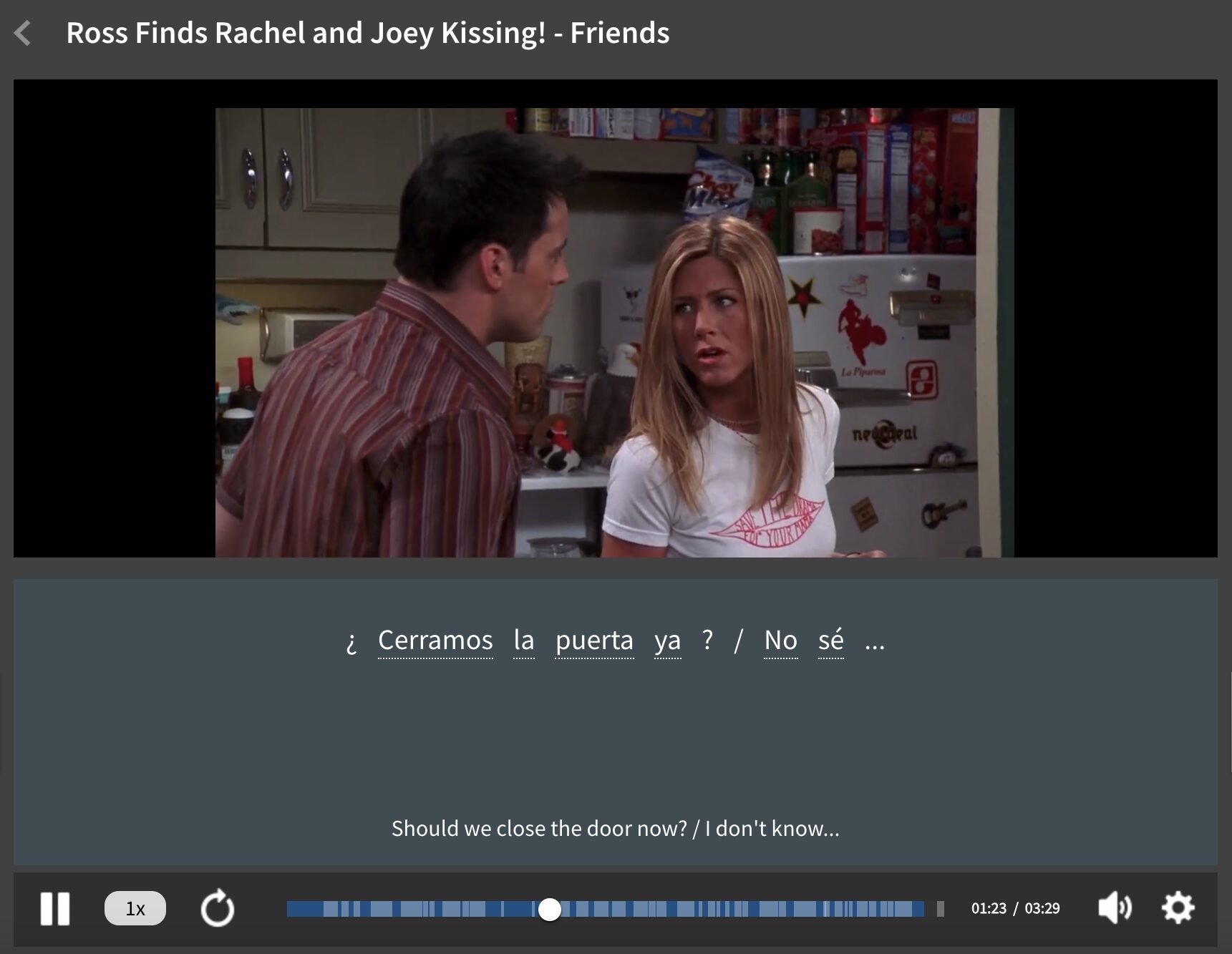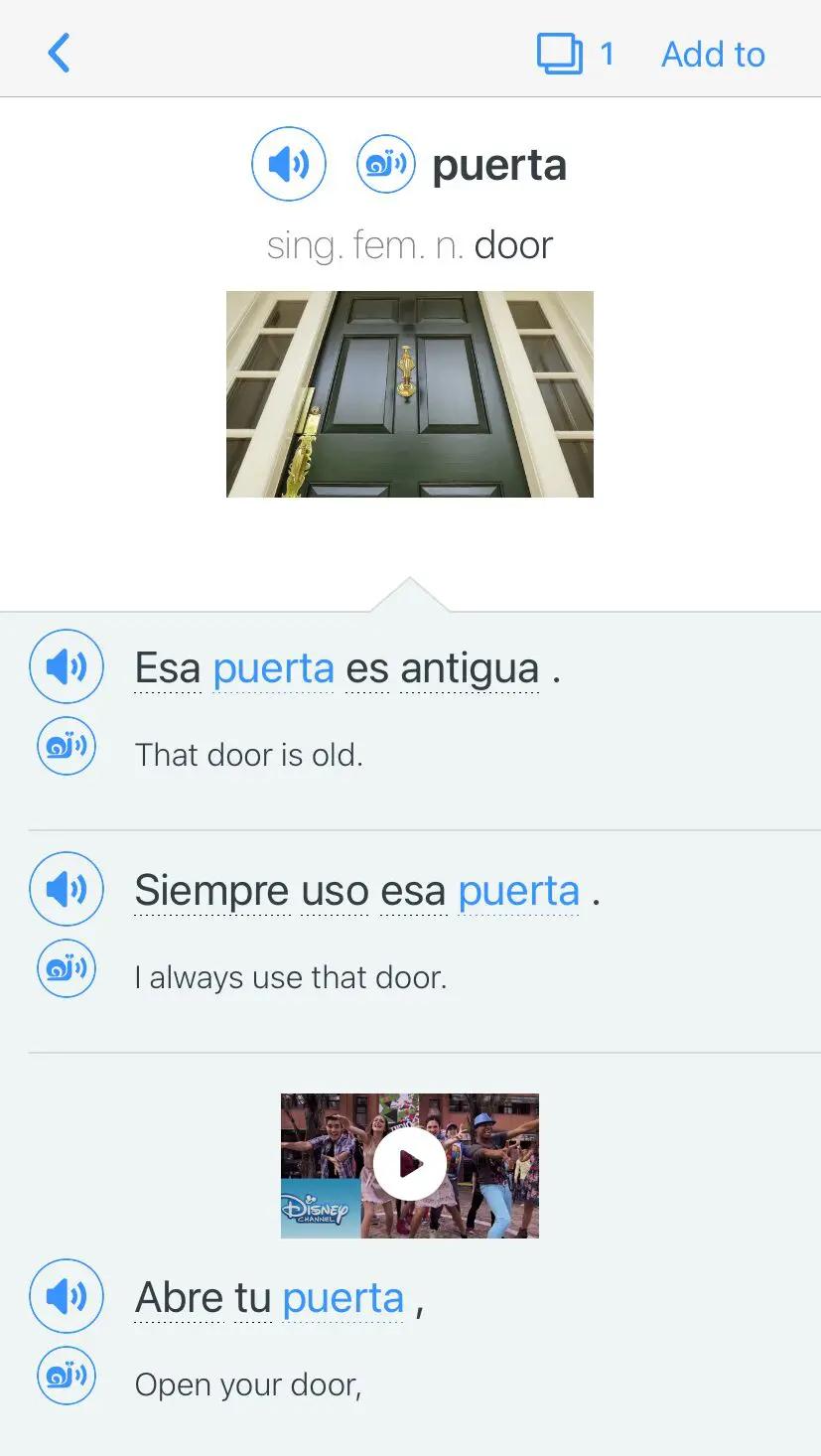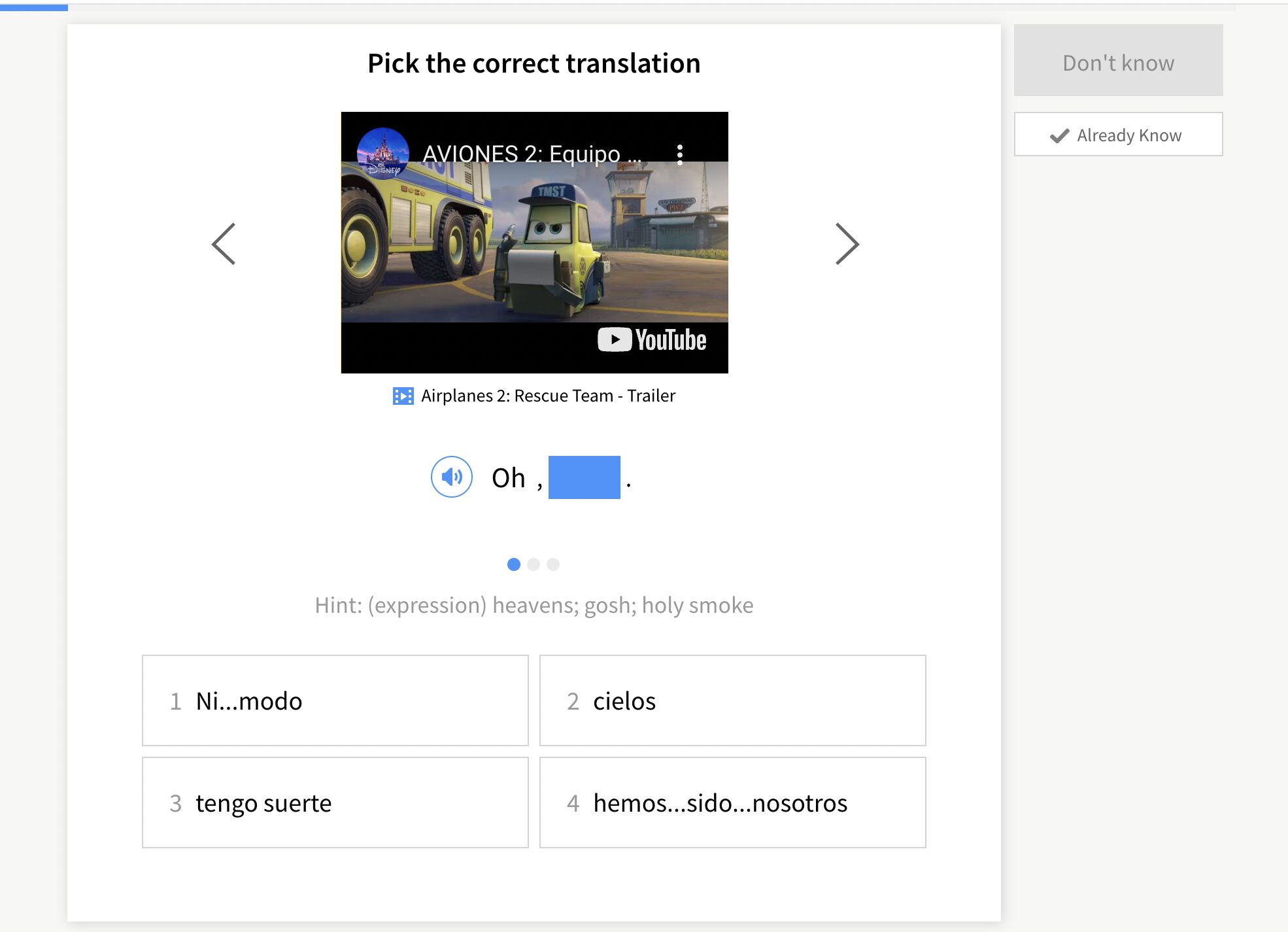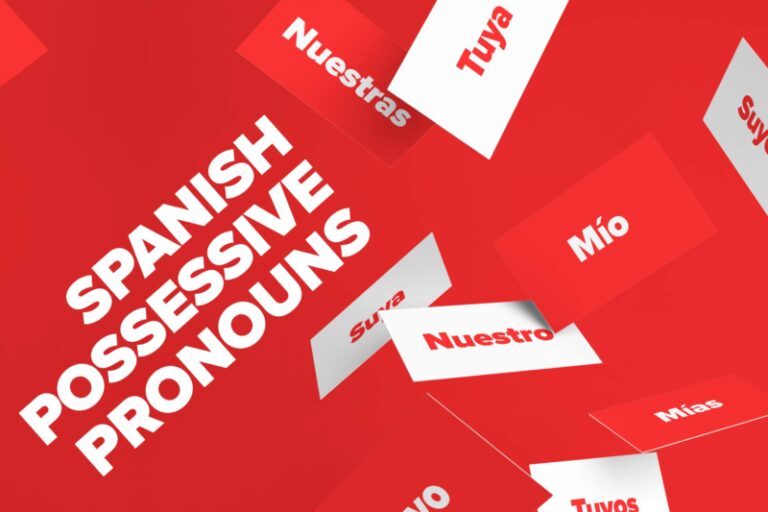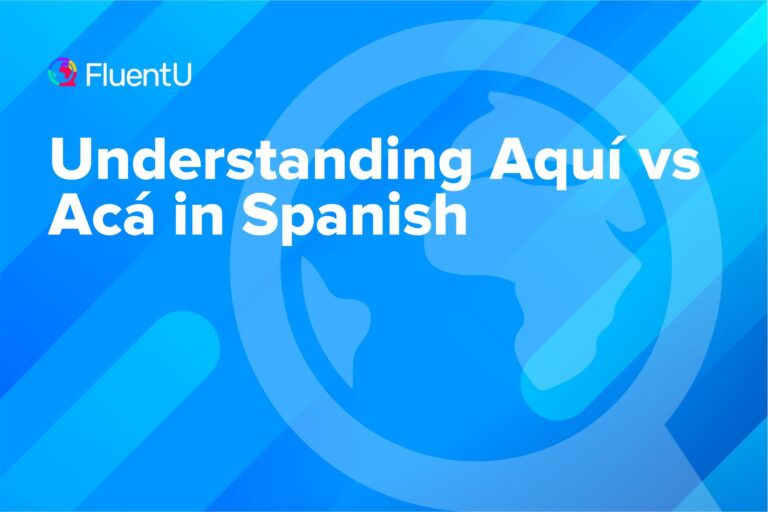How to Learn from Shadowing Spanish
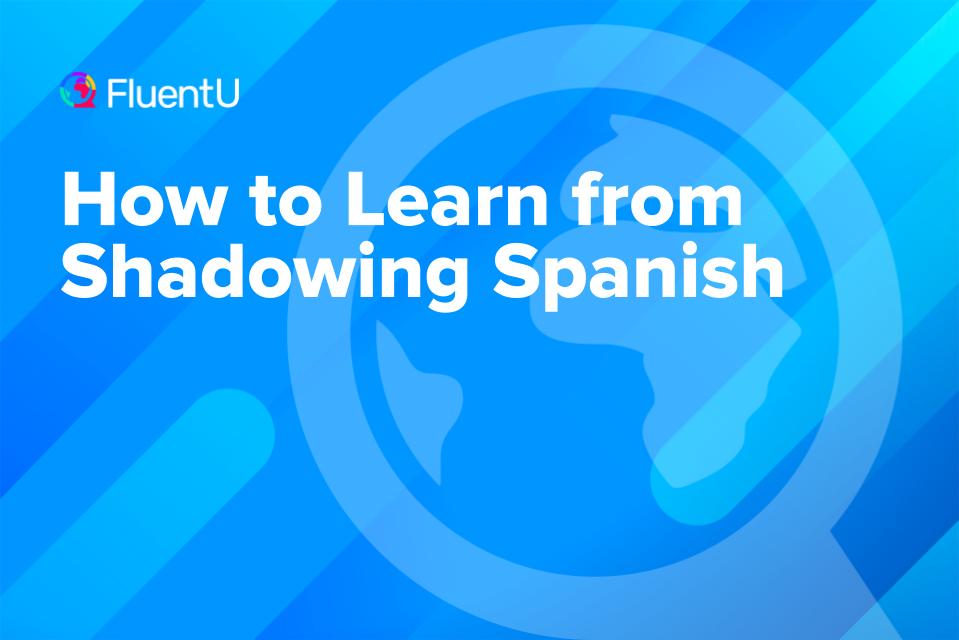
Also known as “parroting,” language shadowing is a repetition technique that helps you speak with the pronunciation and intonation of a native. One of the ways we learn to speak our native language as children is through repetition, so if it worked for native language acquisition, then it stands to reason that it’ll work for learning Spanish as well.
Check out these excellent resources that you can use to make Spanish shadowing part of your language plan.
Download: This blog post is available as a convenient and portable PDF that you can take anywhere. Click here to get a copy. (Download)
What is Spanish Shadowing?
The basic tenet of shadowing is to listen to continuous, uninterrupted Spanish speech and repeat what you hear at the same time as the audio. Your goal is to be the audio’s echo and speak along with it as closely as possible.
The point is to make similar sounds to the narration, with little or no focus on actually comprehending the words. You’re looking to develop sound patterns and will eventually gain a better understanding of how to use accurate pronunciation and intonation. Shadowing is useful because it mimics the natural method we use to attain language skills.
The popular technique was invented by Alexander Arguelles. Mr. Arguelles is a polyglot whose lifelong devotion to language learning has enabled him to share his knowledge with other language learners. Here he explains how his method works in detail—and why it applies to language learning:
How to Shadow in Spanish
There are two basic ways to shadow:
- Repeat while reading subtitles or a transcript of what’s being said
- Shadow by only listening, without the aid of the written narration. This method, referred to as “blind shadowing,” will help you focus on the sounds, and not worry too much about the individual words or their meanings
It seems as though there should be more steps involved, but it’s as straightforward as that!
Resources for Spanish Shadowing
Any resource that features short films, video clips, news clips or narrative passages is useful for Spanish shadowing practice. For increased enjoyment—and to eliminate any possible boredom!—look for stimulating, relevant and interesting content for shadowing practice.
YouTube
On YouTube, you can find audio and videos from native speakers on literally any topic. The platform even offers some short films in Spanish. Films are fun to shadow since you get a wider range of voices and you can try to mimic each character’s tone and mannerisms.
Although most have English subtitles, there’s a method for adding Spanish subtitles! Remember, shadowing is still useful even if you don’t understand all of what you’re repeating. So with or without Spanish subtitles, these are good ways to get some shadowing practice in.
“La frontera” (The Border)
This is a poignant story of family love. In this short drama, a couple travels tirelessly in hopes of being reunited with their daughter.
“The Monk Girl”
This Spanish short story is beautifully illustrated and is ideal for shadowing purposes! There are dual English and Spanish subtitles and the narrator’s pronunciation is super clear and concise.
FluentU
FluentU offers a large library of video clips from authentic Spanish media such as movie trailers, scenes from TV shows, news segments and more.
Every video comes with a downloadable transcript and interactive subtitles available in Spanish and English. The subtitles can easily be toggled on and off so you can practice different methods of shadowing.
Since the content on FluentU is made by and for native speakers, you’ll be hearing and practicing the language as it’s actually used in real life. Here are a couple of options you can find on the FluentU website or app.
Vimeo
Vimeo has some super short Spanish films that are ideal for shadowing. The ones we’ve chosen here have English subtitles, which is very helpful, but for shadowing purposes it would be better to have them in Spanish. Or not at all—since the idea of shadowing is to grab a feel for the spoken language.
Captions or subtitles can be added to Vimeo films by uploading the video transcript, uploading a translation of the dialogue from the English subtitles into Spanish or purchasing them from Vimeo’s trusted providers. The process isn’t difficult so if you’re looking for Spanish subtitles, Vimeo has you covered!
All three of these Vimeo videos are engaging and entertaining, with pretty simple vocabulary and speech that isn’t too fast to repeat.
“El oscuro viajero” (The Dark Traveler)
This short film is about a man who’s been through an accident—and lived to experience life in a new, and somewhat different, manner. The question is: Is he a time traveler—or not?
“Juan con miedo” (Fearful John)
This short tale features a boy visiting his grandparents, a girl with a story and a fear-provoking legend. If you don’t mind being slightly frightened, this is a good one to watch!
“La princesa Alegría” (The Happiness Princess)
This charming tale about a happy princess and the king who desperately wants her secret to happiness is so entertaining you just might shadow it more than once. The vocabulary is basic, the plot and characters are sweet and the ending is heartwarming.
Benefits of Shadowing Spanish
There are a bunch of reasons why you should consider shadowing Spanish. Here are some of the benefits (which I also noticed after introducing it into my study routine).
- Improved pronunciation. Mimicking the sounds of native speakers will help you develop an ear for the correct pronunciation, including accents and intonation.
- Wider vocabulary knowledge. Exposing yourself to new topics and scenarios will also expose you to new words and phrases—plus, it’ll reinforce your existing vocabulary knowledge since you’ll become more familiar with the contexts it should be used in.
- Better listening skills. Similar to the first point about pronunciation, actively listening to native speakers improves your understanding of different speaking styles and helps you pick up on nuances in spoken Spanish.
- More confidence in speaking Spanish. As a beginner, taking the step to actually speaking Spanish can be daunting. Shadowing helps with your confidence, as you start speaking aloud on your own in a low-pressure environment.
Shadowing gives Spanish learners a feel for the language, exposure to idioms and an engaging method to practice speaking. Additionally, it’s an absolute vocabulary gold mine! There’s so much vocabulary to learn and from such interesting sources.
This technique is beneficial for native language learning and many have found it helpful for learning Spanish, too. You’ve got nothing to lose and everything to gain, so why not try shadowing?
And One More Thing…
If you’re like me and prefer learning Spanish on your own time, from the comfort of your smart device, I’ve got something you’ll love.
With FluentU’s Chrome Extension, you can turn any YouTube or Netflix video with subtitles into an interactive language lesson. That means you can learn from real-world content, just as native speakers actually use it.
You can even import your favorite YouTube videos into your FluentU account. If you’re not sure where to start, check out our curated library of videos that are handpicked for beginners and intermediate learners, as you can see here:
FluentU brings native Spanish videos within reach. With interactive captions, you can tap on any word to see an image, definition, pronunciation, and useful examples.
You can even see other videos where the word is used in a different context. For example, if I tap on the word "puerta," this is what pops up:
Want to make sure you really remember what you've learned? We’ve got you covered. Practice and reinforce the vocab from each video with learn mode. Swipe to see more examples of the word you’re learning, and play mini-games with our dynamic flashcards.
The best part? FluentU tracks everything you’re learning and uses that to create a personalized experience just for you. You’ll get extra practice with tricky words and even be reminded when it’s time to review—so nothing slips through the cracks.
Start using the FluentU website on your computer or tablet or, better yet, download our app from the App Store or Google Play.
Click here to take advantage of our current sale! (Expires at the end of this month.)

